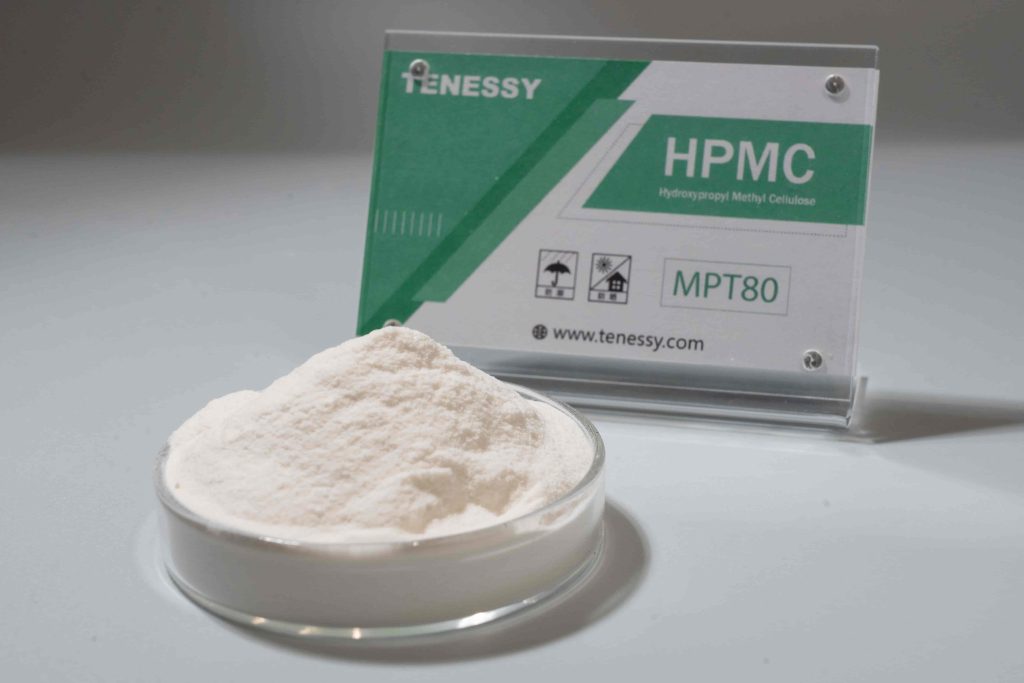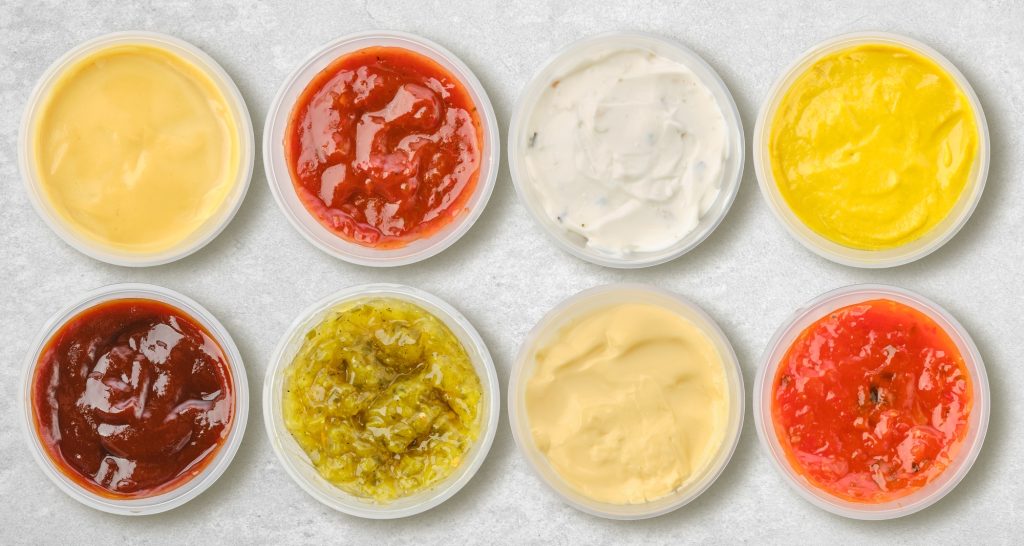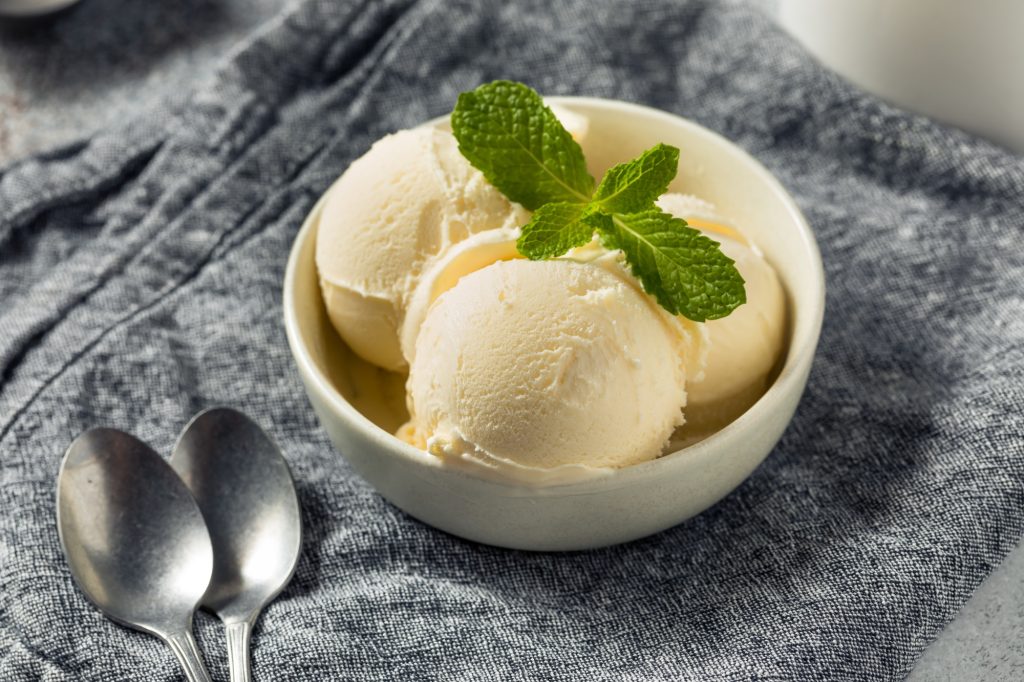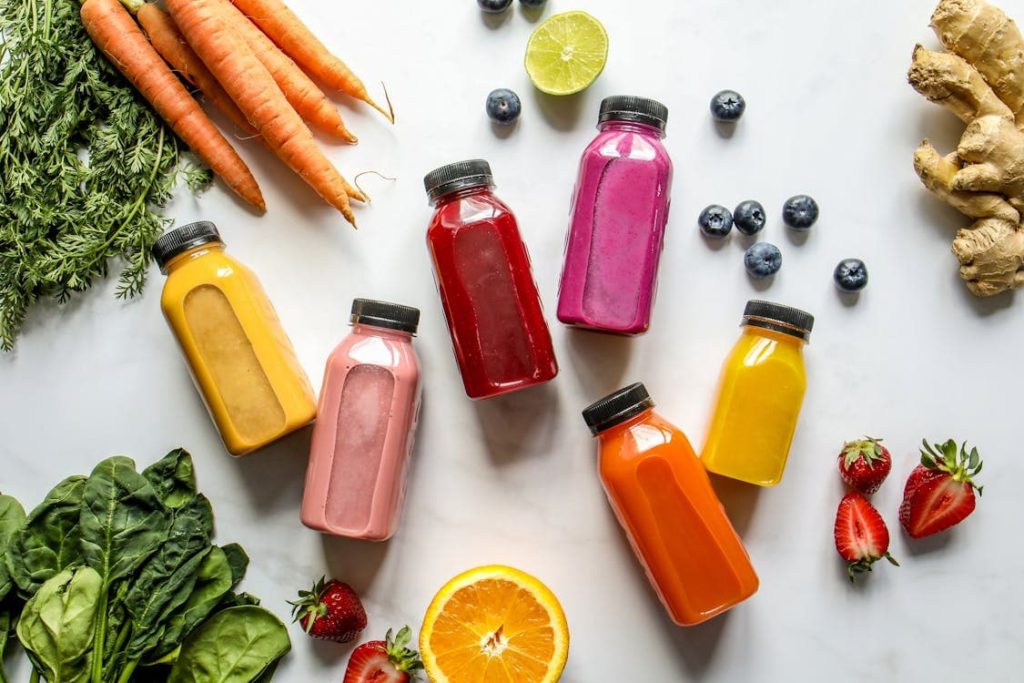HPMC στα τρόφιμα: όλα όσα πρέπει να γνωρίζετε
When you look at the ingredient list of ice cream, sauces, plant-based foods, or even gluten-free bread, there’s a good chance you’ll find HPMC on the label. It may sound technical, but it plays some very simple—and very helpful—roles in modern food production.
What Is HPMC?
HPMC, short for Υδροξυπροπυλομεθυλοκυτταρίνη, is a plant-based cellulose derivative commonly used as a safe food additive. It has been approved by major global authorities such as the FDA and the EU, and is recognized as GRAS (Generally Recognized As Safe).
In simple terms, HPMC is a multifunctional ingredient used to improve texture, stability, and mouthfeel in a wide variety of foods—from creamy sauces to ice cream and gluten-free bread.
Functions of Hydroxypropyl Methyl Cellulose in Food
HPMC earns its popularity thanks to its versatile functions. In food, it commonly works as:
1. Thickener
It mixes easily with water and forms a smooth gel, helping foods like sauces, drinks, and condiments become thicker and richer.
2. Stabilizer / Suspending Agent
HPMC keeps ingredients from separating. For example, in fruit beverages or dairy drinks, it helps maintain an even, consistent texture throughout shelf life.
3. Emulsifier
When oil and water don’t naturally blend—like in salad dressings or mayonnaise—HPMC helps them mix and stay mixed.
4. Film-Former
It can form a transparent, protective film on the surface of foods. Fruit coating is a common example, helping delay spoilage and preserve freshness.
5. Water Retainer
Its strong water-binding ability keeps baked goods moist, soft, and fresher for longer.
6. Functional Replacement
In vegetarian, vegan, or gluten-free recipes, HPMC is often used as a replacement for:
- Eggs
- Gelatin
- Gluten structure
It helps improve elasticity, texture, and structure in baked or plant-based foods.

Benefits of HPMC in Food
Here’s why manufacturers—and even home bakers—love using HPMC:
Improves texture and mouthfeel
Makes foods thicker, smoother, or creamier without changing the flavor.
Enhances product stability
Reduces separation in beverages, sauces, and dairy products.
Extends shelf life
Its film-forming and moisture-retention abilities help foods stay fresher.
Supports low-fat formulations
HPMC can mimic the creaminess of fat, making low-fat foods taste better.
Ideal for health-focused products
Perfect for gluten-free, vegan, and plant-based foods where texture can be challenging.
Thermal gelation benefits
When heated, HPMC forms a gel structure—very useful in baking to give bread better volume and softness.
Hydroxypropyl Methyl Cellulose Side Effects
HPMC is considered non-toxic, non-allergenic, and not metabolized by the body.
Possible mild effects—usually only when consumed in very large amounts—may include:
- Bloating
- Mild digestive discomfort
These effects are the same as eating too much dietary fiber and are not considered harmful.
Overall, HPMC is one of the safest food additives available.
Applications of HPMC in Food
You can find HPMC in many everyday products, such as:
1. Sauces & Condiments
Provides thickness and prevents separation in ketchup, salad dressings, and mayonnaise.
2. Dairy & Plant-Based Products
Improves creaminess in yogurt, low-fat milk drinks, or plant-based alternatives.
3. Ice Cream & Frozen Desserts
Enhances smooth texture and improves freeze–thaw stability.
4. Canned Fruits
Helps prevent discoloration and maintains firmness in canned citrus products.
5. Gluten-Free & Vegan Bakery
Acts as an egg replacer and structure-builder, improving softness, volume, and elasticity of bread and cakes.
6. Fruit Coating & Preservation
Forms a protective film that slows moisture loss and oxidation.
7. Jams, Jellies & Desserts
Boosts consistency and appearance for a better mouthfeel.




Is Hydroxypropyl Methylcellulose Vegan?
Yes—HPMC is 100% vegan.
It’s derived from plant cellulose and contains no animal ingredients, making it suitable for:
- Vegan foods
- Vegetarian products
- Halal and Kosher formulations
This is also why it’s widely used as an egg or gelatin replacement.
Is Hydroxypropyl Methylcellulose Safe?
Absolutely. HPMC is considered extremely safe due to its:
- Plant-based origin
- Non-toxic and non-allergenic nature
- Approval by FDA, EU, and global food authorities
- GRAS (Generally Recognized As Safe) status
- Long history of use in food and pharmaceuticals
It is also biodegradable and environmentally friendly.
Tenessy – Professional HPMC Manufacturer
At Tenessy, we supply high-purity, food-grade HPMC designed specifically for modern food manufacturing.
Our products offer:
- Excellent viscosity stability
- Superior thickening and emulsifying performance
- Reliable water retention
- Consistent quality for low-fat, vegan, and gluten-free applications
Whether you’re formulating beverages, sauces, bakery items, or frozen desserts, Tenessy provides dependable cellulose ether solutions tailored to your production needs.
Προϊόντα
- HPMC - Υδροξυπροπυλομεθυλοκυτταρίνη
- HEMC - Υδροξυαιθυλομεθυλοκυτταρίνη
- HEC - Υδροξυαιθυλοκυτταρίνη
- CMC - Καρβοξυμεθυλοκυτταρίνη
- PAC - Polyanionic Cellulose
- HPS - Αιθέρας αμύλου υδροξυπροπυλίου
- RDP - Επαναδιασπώμενη σκόνη πολυμερούς
- Πολυκαρβοξυλικός υπερρευστοποιητής
- Υδρόφοβη σκόνη σιλικόνης
- Γύψος επιβραδυντής
- Αποφλοιωτής σκόνης



